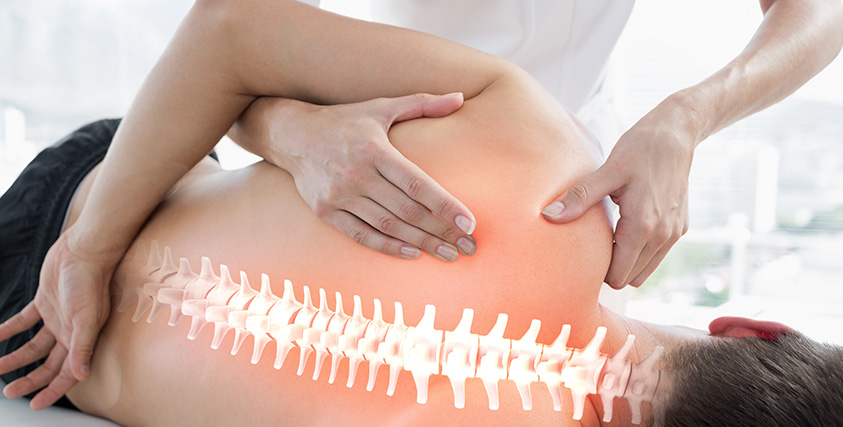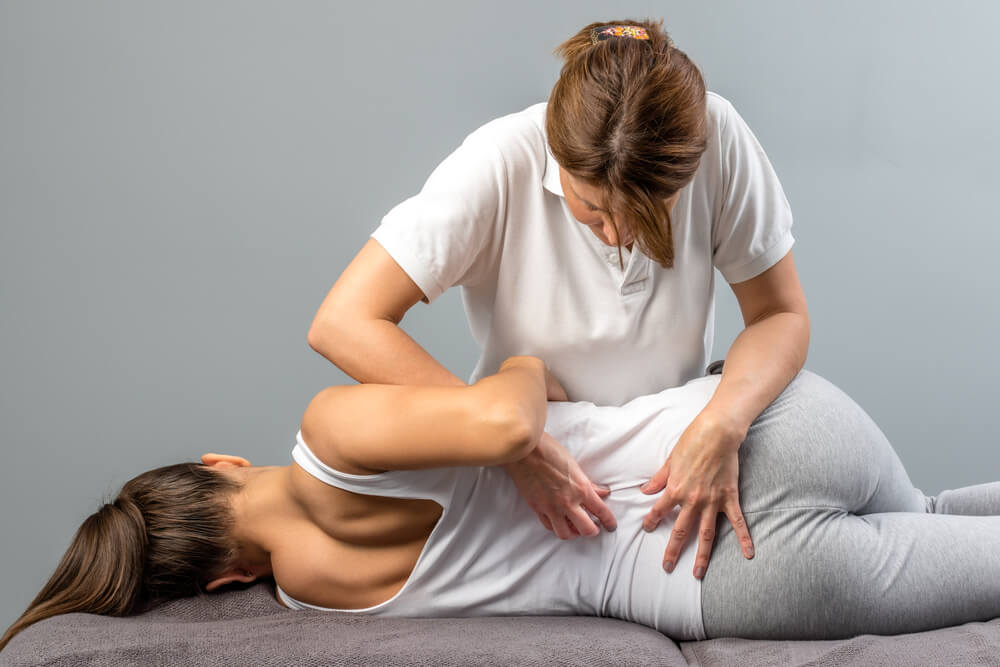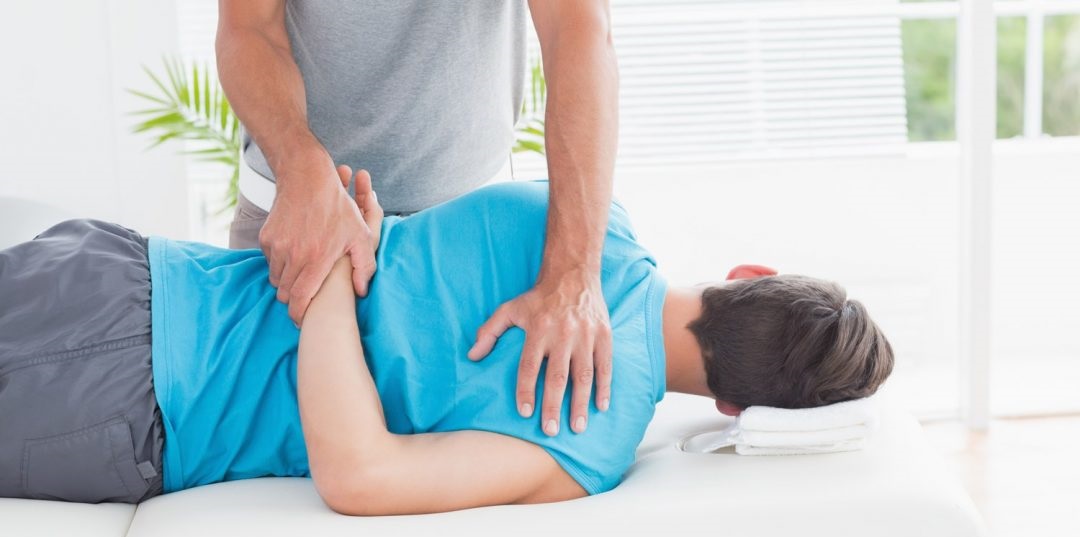Most low back pain is caused by soft tissue injuries or problems with the body’s work. There is damage to the intervertebral discs, nerve root compression, and wrong movement of the spinal joints. Most lower back pain is caused by a muscle or ligament pulled or torn.
- Muscles and ligaments that were strained and torn
- It’s possible to sprain or strain your low back quickly, or it could develop gradually if you perform the same thing repeatedly.
- Strains happen when a muscle is stretched too far and tears, hurting strength.
- Sprains happen when the ligaments that hold bones together are stretched too far and tear.
- It doesn’t matter much if a muscle or a ligament is torn in real life because the symptoms and treatments are the same for both.
Strains and sprains are often caused by:
Lifting heavy things or bending your back while lifting
- Over time, sudden movements, like a fall and bad posture, can put too much stress on the low back.
- Sports injuries, especially those caused by twisting or hitting hard, are a big problem.
- Even though sprains and strains may not seem severe and usually don’t cause long-term pain, the pain they cause immediately can be unbearable.
Chronic lower back pain can be caused by the following:
Chronic pain lasts over three months and strengthens the body’s natural healing ability. Chronic low back pain is often caused by a problem with a disc, a joint, or a nerve root that has been irritated. Some common causes are
- Disc bulge in the lower back: The jelly-like center of a lumbar disc can sometimes push through its hard outer layer and irritate a nerve root nearby. The herniated disc segment has proteins that cause the nerve root to become inflamed and hurt when they touch a nerve root. Because the disc wall is so full of nerve fibers, a tear in it can be very painful.
- The problem with the discs: At birth, the discs between the vertebrae are moist and healthy. As we age, our discs dry out and break down. As the disc loses water, it loses its ability to withstand pressure and sends that pressure to the wall of the disc, which can tear and cause pain or weaken and cause a herniation. Also, the disc could break down and cause stenosis.
A facet joint issue Behind each disc in the lumbar spine, there are two facet joints. A capsular ligament with many nerves surrounds the cartilage between the bones in these joints and the collective. These joints can hurt by themselves or in addition to disc pain.
- A sacroiliac joint abnormality: The sacroiliac joint connects each side of the pelvis to the sacrum at the base of the spine. It is a strong joint that can’t move. Its main job is to spread shock and tension between the upper and lower body. When the sacroiliac joint is inflamed (a condition called sacroiliitis) or moves too much or too little, it can hurt. In this illness, pain is caused by narrowing the spinal canal, which is where the nerve roots are. The narrowing of the lower back can be central, foraminal, or both, and it can happen at one or more levels.
- Spondylolisthesis: When one vertebra moves over another, this sickness happens. There are five different kinds of spondylolisthesis. The two most common are mechanical instability of the facet joints and deformities or fractures of the parts (the space between them) (degenerative). Back pain can be caused by instability or nerve compression (leg).
- Osteoarthritis: This condition is caused by the discs and facet joints wearing out over time. It can affect one or lower- spine levels, causing pain, inflammation, instability, and spinal stenosis. Spinal osteoarthritis caused by aging is a long-term illness that worsens over time. Spondylosis and degenerative joint disease are two other names for this condition.
- Deformity: There are two kinds of curved spines: scoliosis and kyphosis. Lower back pain could be a sign if the deformity causes disc degeneration, facet joint degeneration, sacroiliac joint degeneration, or stenosis.
- Trauma: Acute breaks or dislocations in the spine can cause pain. After an injury, like a car accident or a fall, a doctor should check your lower back pain.
- Compression led to a break: A cylindrical vertebral fracture can cause sudden pain because the bone almost caves in. This kind of break happens more often in older people, and weak bones, like those caused by osteoporosis, are usually to blame.
Less often, the following things cause back pain:
Even though they happen much less often, the following things can also cause low back pain:
- Infection: A spinal condition called osteomyelitis doesn’t happen very often, but if it goes untreated, it can be excruciating and even kill you. Surgery, shots, or spreading the blood through the body are all possible reasons. People whose immune systems aren’t working well are more likely to get a spine infection.
- Tumor: Most cancers in the spine start somewhere else in the body and spread to the spine. Most of the time, cancers that form in the thyroid, lung, kidney, breast, or prostate spread to the spine. If a person with cancer starts having new back pain symptoms, they should be checked for spinal metastases.
- Autoimmune disease: Back pain can be a sign of autoimmune diseases like ankylosing spondylitis, lupus, Crohn’s disease, fibromyalgia, and rheumatoid arthritis. If you need more information about Back Massage kindly contact us.
Top Place for London Massage:
Deep Tissue Massage London – Ashiatsu
+44 7784 609599
London
https://www.ashiatsumassagelondon.com


